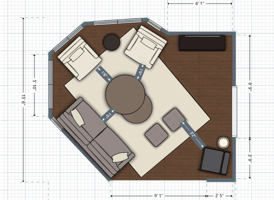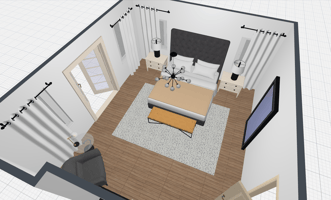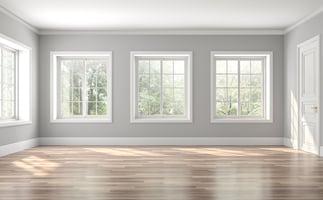Space planning is a fundamental part of designing, decorating, and furnishing a functional space....
Space Planning: The 3 Most Common Mistakes

Space planning is a fundamental step in creating a well-proportioned and functional space in your home. Unfortunately, it’s also a step that can be overlooked or used ineffectively. And a space plan that falls short can lead to costly mistakes. Or, even worse, you can wind up with a room that just doesn’t quite feel right. And this is your home – you shouldn’t have to compromise and have a less-than-perfect living room.
With over 60 years of combined design experience and education, our Design Guides at McElheran’s Furniture + Design understand the importance of space planning and can use it to help you with your next project. They have access to the best technology and programs to really bring your visions to life. All of our Design Guides plan in different ways, but they all agree that coming up with an outline before making a large investment, such as living room furniture, is a worthwhile process.
In this article, one of our Design Guides, Shelley, will lay out the three most common space planning mistakes people make with living rooms, so a) you can avoid them, b) you won’t have to deal with buyers remorse, and c) you won’t end up stuck in a living room that just doesn’t feel right.
What is space planning exactly?
Space planning is the analysis of an area’s size, its use, and how the existing and desired components will fit. Measuring a room and determining its function and flow will give you a better understanding of the spatial requirements and how objects will fill and complement the area.
Physical measurements and scale are important, yes, but it is also crucial to consider who uses the room and what their needs are. Once a space plan is made, appropriate furniture and décor can be selected based on the use of the room.
Space planning mistake #1: Impulsively buying a piece that may not be the right size
It can happen to anyone – you see something you like, and you just HAVE to have it. You think: “It doesn’t matter the size, I’ll make it work!” The problem with impulsively buying too large (or too small) of a piece of furniture is, well, it doesn’t fit in the space.
Large, bulky furniture can overwhelm a room, while smaller items can leave a room unbalanced with too much negative space. And after making a sizeable investment in something like furniture, it’s not uncommon to feel stuck and desperate to try and make something work.
How to prevent this problem
Don’t let a store’s staging of an item deceive you. Just because something looks great in a store does not mean that it will fit the aesthetics of your home. It’s kind of like trying on clothes. What may look great on a mannequin may not always work with your personal style or existing pieces. That’s why it’s important to really envision what something will look like in your space before you buy.
How to fix this problem
This could just be an arrangement issue. If you have the room, try moving around that ill-fitting object. Another configuration could open up the space or invite an opportunity for additional furniture.
Space planning mistake #2: Not enough tables or landing surfaces
Have you ever hung out in someone's living room, where they hand you a drink, perhaps a snack, and there's nowhere for you to put anything? So, you just sit there with food in your lap, awkwardly balancing your drink - or maybe you’ve even put something on the floor! It's frustrating and uncomfortable, isn't it? And that just seems like an accident waiting to happen. The problem here is that surfaces were not considered during space planning.
How to prevent this problem
Survey the number of seats (even potential seats) in your living room. For every spot a person could sit, they should have access to a landing surface. And if you have a coffee table, it should be 18 inches from the edge of your seat to ensure ample space while keeping everything within reach.
How to fix this problem
A pretty simple solution to this mistake! Invest in a couple more tables, trays, and other surfaces.
Space planning mistake #3: Rugs that are too small
Area rugs and carpets are a great way to distinguish a room, especially with open floor plans. Shelley loves to plan a room around an area rug. Even if it’s removed from the finalized concept, it’s a great way to anchor a seating area while planning. Unfortunately, it’s very common that people select carpets that are way too small, which visually shrinks the living space.
How to prevent the problem
Measure your living room and the size of your seating area. A general rule of thumb with area rugs is they should at least lay under all the front legs of the furniture.
How to fix the problem
Repurpose the rug to another area of your home or consider layering it with another one.
Honourable mention: Ignoring the room’s purpose
Shelley recently helped a couple that had downsized their home and, as a result, had a lot of furniture. They were struggling with how to organize all of their pieces to complement their open floor plan. To help, Shelley created a couple of focal points in the room to give the furniture’s formation purpose.
Focal points that you can look for in your living room are things like a TV or fireplace. Keep in mind that finding focal points can be difficult if the room’s function is not clearly defined.
One more quick tip for space planning
Particularly if you live in a smaller space, look for multi-functional pieces. If you don’t have a designated office, you can have a desk by day and a sofa table by night. Or, keep a few extra ottomans in the foyer. These can be used as an entryway bench AND you can bring them into your living room when you need more seating. But remember, if you’re bringing in more seats, everyone should have a landing surface within arm’s reach.
How do I get started with space planning?
According to Shelley, space planning does get easier the more you do it. It can even be a fun part of the design process! But if feel like you need a second set of eyes that can offer expertise, set up an in-home consultation with one of our Design Guides. They can look at your space and offer tips to appropriately fill the room.
Or, if you already have a space plan and would like to put it into action, visit our showroom in Edmonton today!

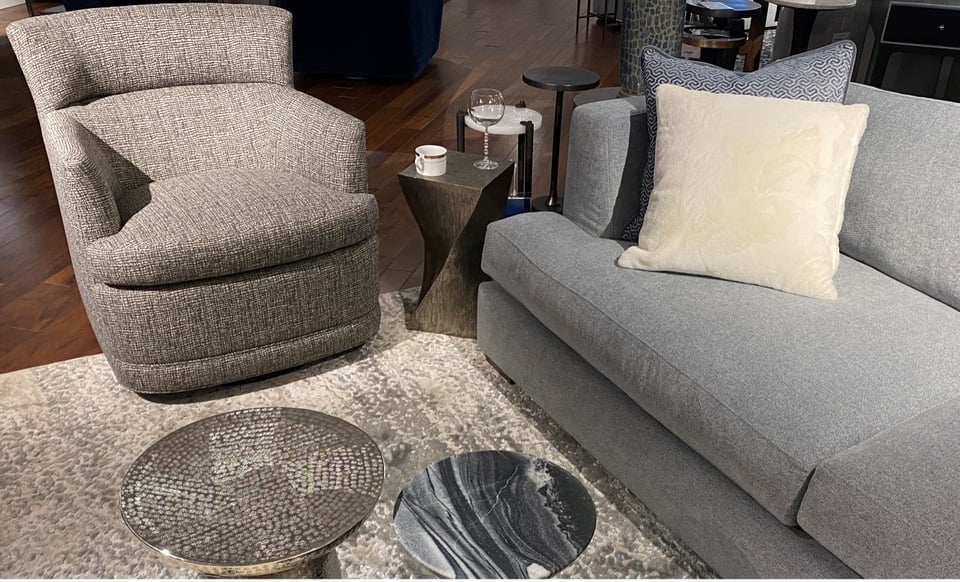
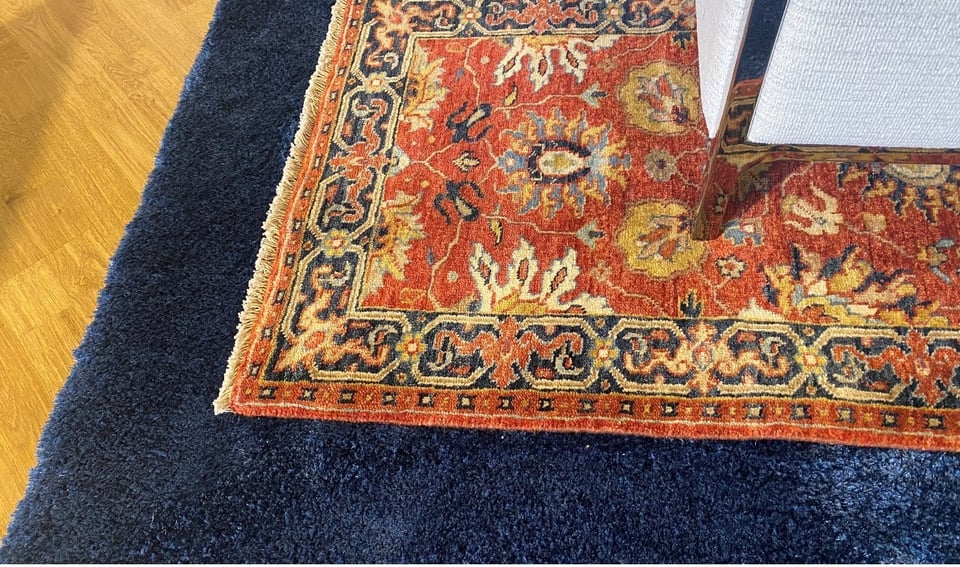
-min-1.png?width=800&name=DesignButton(png)-min-1.png)
